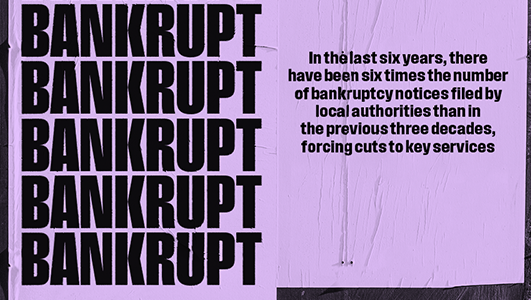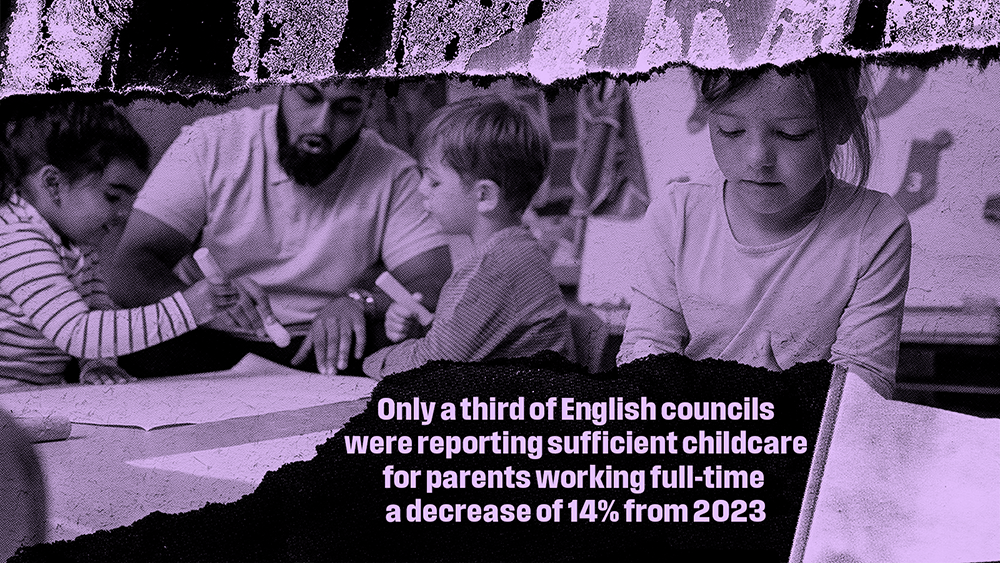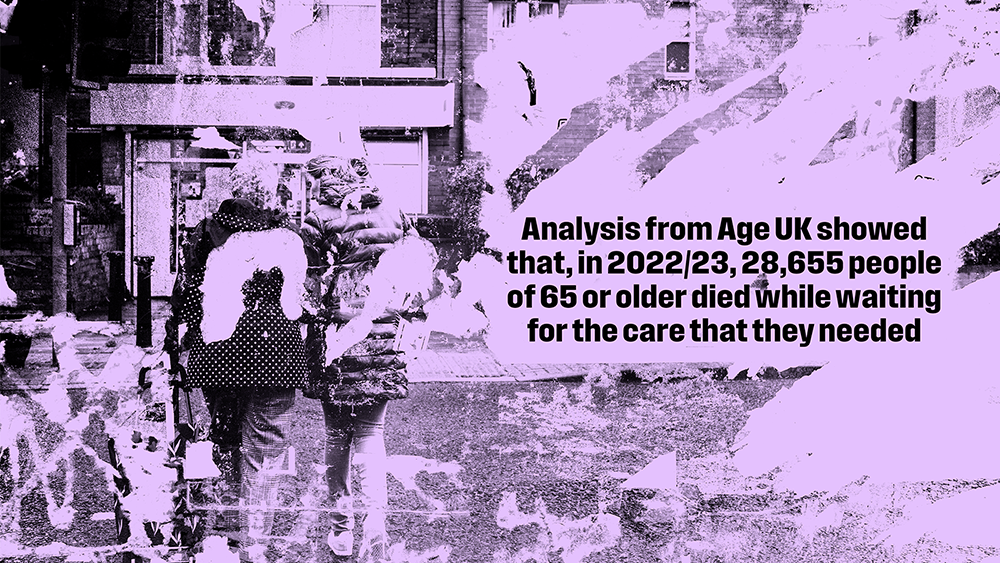“There are three kinds of lies: lies, damned lies and statistics” – a phrase popularised by Mark Twain.
What it means is that statistics can be confusing, and can be used to tell whatever story you want to tell. You just pick your statistics to suit your argument and hope people don’t pick up on it.
But when a lot of statistics line up and confirm the personal stories of millions of workers – they can be hard to deny.
Here’s what the statistics tell us about what has happened to local government services in the UK over the past 14 years.

Funding and ‘bankruptcy’
Research from the Local Government Association (LGA) includes new analysis revealing that councils in England now face a funding gap of £6.2 billion over the next two years.
Meanwhile, there’s been wide coverage of councils filing ‘bankruptcy’ notices, including Birmingham City Council (pictured top). The stats reveal that, in the last six years, there have been six times the number of section 114 notices filed by local authorities than in the previous three decades, according to the Institute for Government (IFG).
That means that residents in those areas face rising council tax bills and vastly reduced services affecting every demographic, from childcare, to youth services to adult social care.

Childcare
In March this year, before the Conservative government’s failed expansion of childcare in April, Coram Family and Childcare found that only a third (34%) of English councils were reporting sufficient childcare for parents working full-time – a decrease of 14% from 2023.
The TUC has reported that across every part of England, there is a crisis in recruiting childcare workers. It highlighted more work from Coram Family and Childcare, showing that 95% of English councils who responded to a survey told that body that childcare providers in their area were having difficulty recruiting childcare workers with the right skills and experience to do the job, with and eight in 10 (80%) local authorities described it as “very difficult”.
Youth services
A recent survey from the LGA found that two thirds of councils have already had to make cutbacks to local neighbourhood services this year (2024/25), including keeping streets clean, filling potholes and tackling anti-social behaviour, as they struggle to plug funding gaps.
The IFG also reveals that local authority spending on services that aim to prevent problems further down the line, like youth clubs and children’s centres, was cut by more than three-quarters (77.9%) between 2009/10 and 2022/23, while acute spending on safeguarding services and children being looked after by their local authority rose by more than half (58.1%) over the same period.
It’s unsurprising then, that UNISON’s own research, through freedom of information requests, showed the closure of over 1,000 youth centres between the financial years of 2010/11 and 2022/23.

Adult Social care
On adult social care, analysis from Age UK showed that, in 2022/23, 28,655 people of 65 or older died while waiting for the care that they needed, and the LGA states that, a decade on from the Care Act, only around two thirds of councils are confident of being able to meet all their duties under that legislation by next year (2025/26).
UNISON members have seen what has happened to these services over the last 14 year, because they provide them. The statistics above just serve to turn their countless personal stories into a national one.
The statistics aren’t lies, UNISON members feel their impact every day, and they paint a damning picture of the record of the Conservatives in government for the past 14 years.






